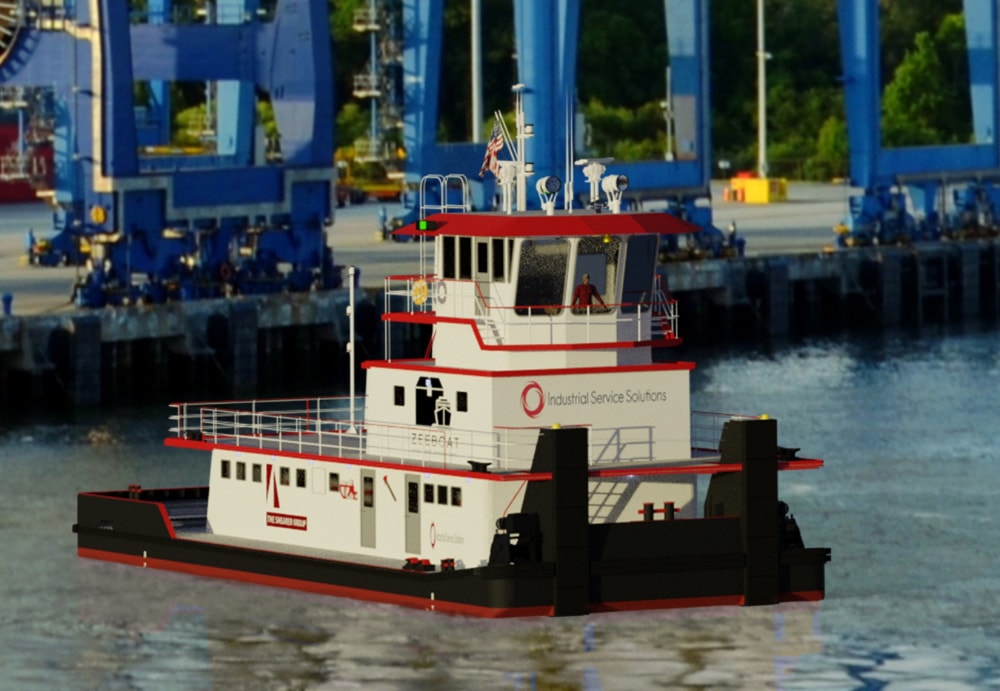ISS is soliciting proposals from U.S. shipyards for the construction of up to four fully-electric towboat hulls, the first zero-emissions towboats to serve North American waters. The bespoke design eliminates diesel engines onboard the vessel, with 100% of power supplied by high-energy-density battery cells.
The towboats will be constructed for New York-based Zeeboat, LLC, who plans to charter the vessels for operation in U.S. waters beginning in 2025. The objective of Zeeboat and ISS is to enable greener transit, first with a zero-emissions towboat solution, followed by joint development of electrification technologies to further reduce the carbon footprint of ports and harbors. Shift Clean Energy will deliver the battery energy storage systems pivotal to the emissions-reduction goals of the project.
“Moving carbon-intensive processes, like shipping and port management, to electric power sources is a critical step to meeting net-zero emissions targets,” said Wade Stockstill, CEO of Industrial Service Solutions. “Our electrification technologies and track record dovetail neatly with innovations from partners like Shift Clean Energy, enabling ISS to deliver turnkey solutions to some of today’s biggest green energy challenges.”
Industrial Service Solutions is soliciting a Request for Proposals (RFP) from U.S. shipyards to construct one hull, with the option to deliver three additional hulls. Interested parties should contact Jessica Lewis, Director of Business Development at Jessica.Lewis@iss-na.com for RFP submission information and detailed project specifications. ISS will receive proposals from May 15, 2022 through June 30, 2022.
The fully-electric vessel is based on a proven 95 ft. x 34 ft. towboat hull design. This hull shape was developed using advanced fluid dynamic calculations and backup up by vessels in service. The design has been proven to increase water flow to the propeller and increase overall efficiency of the barge/towboat combination by more than 10 percent over traditional inland towboat designs.


